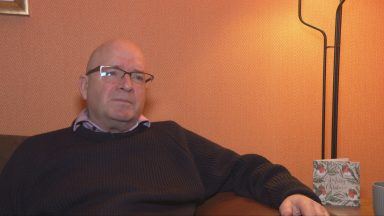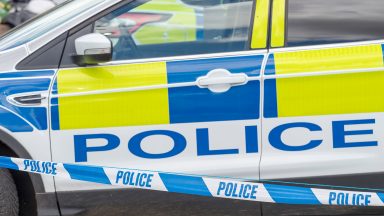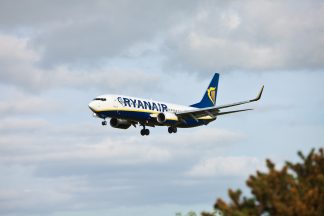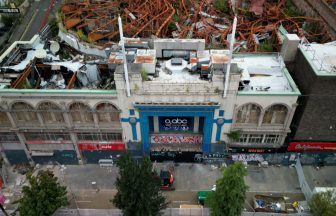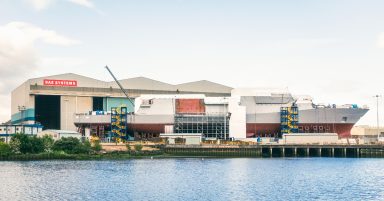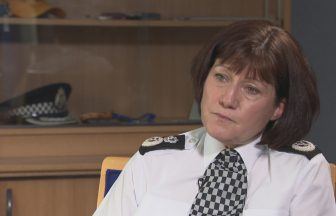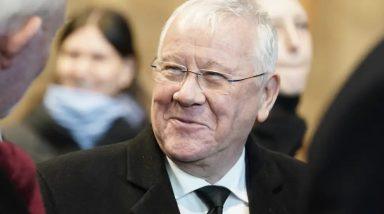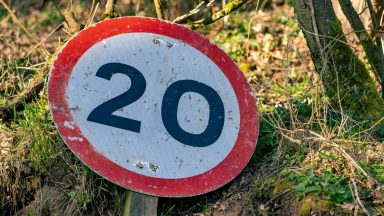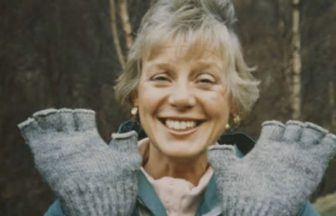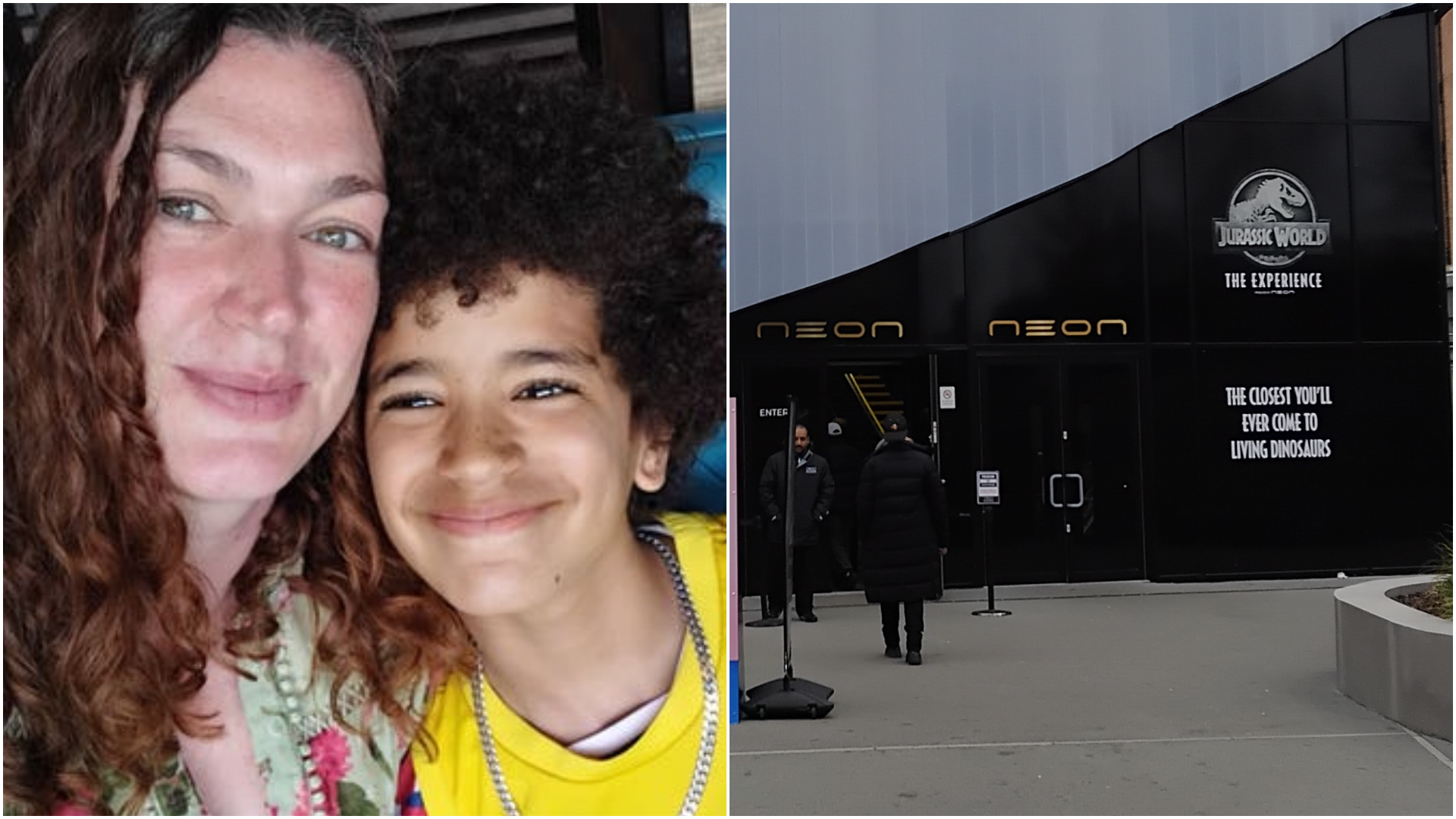A map of Scotland’s ancient Egyptian collections has been redrawn following a review which charted a treasure trove of objects around the country.
Experts at the National Museums Scotland (NMS) identified 25 collections with Egyptian artefacts, including nine previously unknown, and located around 14,000 objects during the course of their research.
The discoveries included what they say are the most northerly ancient Egyptian objects in the UK, which were found in Stromness Museum in Orkney, and previously unidentified figures in Linlithgow Museum.
In the Orkney museum, two faience shabtis, a type of figurine found in many Egyptian tombs, which had not previously been identified as genuine, were discovered.
The shabtis date from 1145–986 BC, and the style and inscriptions suggest they belonged to the same person, an overseer in the temple of Amun called Kena.
Dan Potter, NMS assistant curator of ancient Mediterranean who worked on the project, said: “Being able to read the inscription and share it with the museum maybe for the first time in a couple of hundred years, or even thousands of years, that is a real privilege being able to shed a proper light on these objects.”
The review also identified two faience shabtis at Linlithgow Museum which were previously thought to be forgeries but have now been confirmed as genuine. They belonged to a man named Nespautitawy (1186–945 BC).
Researchers also discovered interesting links between objects in collections around the country.
Many museums across the UK, including the McLean Museum in Greenock and Paisley Museum, subscribed to the Egypt Exploration Fund.
Their subscriptions funded professional excavations in Egypt and in return these museums received a share of the finds.
The review established that the McLean Museum and the McManus Museum in Dundee both hold cartonnage mummy cases from the same burial group at Herakleopolis Magna excavated by Edouard Naville for the Egypt Exploration Fund (now Society).
Similarly several pieces of a tomb excavated by the archaeologist WM Flinders Petrie in 1897-98 are now to be found across Scotland, in the collections of National Museums Scotland, Glasgow Museums and The McManus.
Dr Potter said: “The review provides the greatest level of detail for ancient Egyptian collections in Scotland ever gathered, sharing increased information about provenance, donors and object identification.
“It has enabled us to redraw the map of Egyptian collections, adding museums from the Borders to Orkney. We have also made new connections between objects in different museums, highlighting how related the collections across the country are and how much we share with each other.
“Many people may not realise that they have ancient Egyptian objects right on their doorstep in museums across Scotland. Each of these collections have fascinating histories in their own right.
“Hopefully this review will inspire people to re-discover the Egyptian collections that are local to them both digitally and when we are able to visit museums in person once more.”
Egyptian objects are spread across nearly 50 sites around Scotland, ranging from the smallest – Linlithgow Heritage Trust with two objects – to the largest- National Museums Scotland with more than 6000 objects.
An interactive map on the Ancient Egypt and East Asia National Programme section of the NMS website shows where the collections can be found across Scotland.
Follow STV News on WhatsApp
Scan the QR code on your mobile device for all the latest news from around the country





